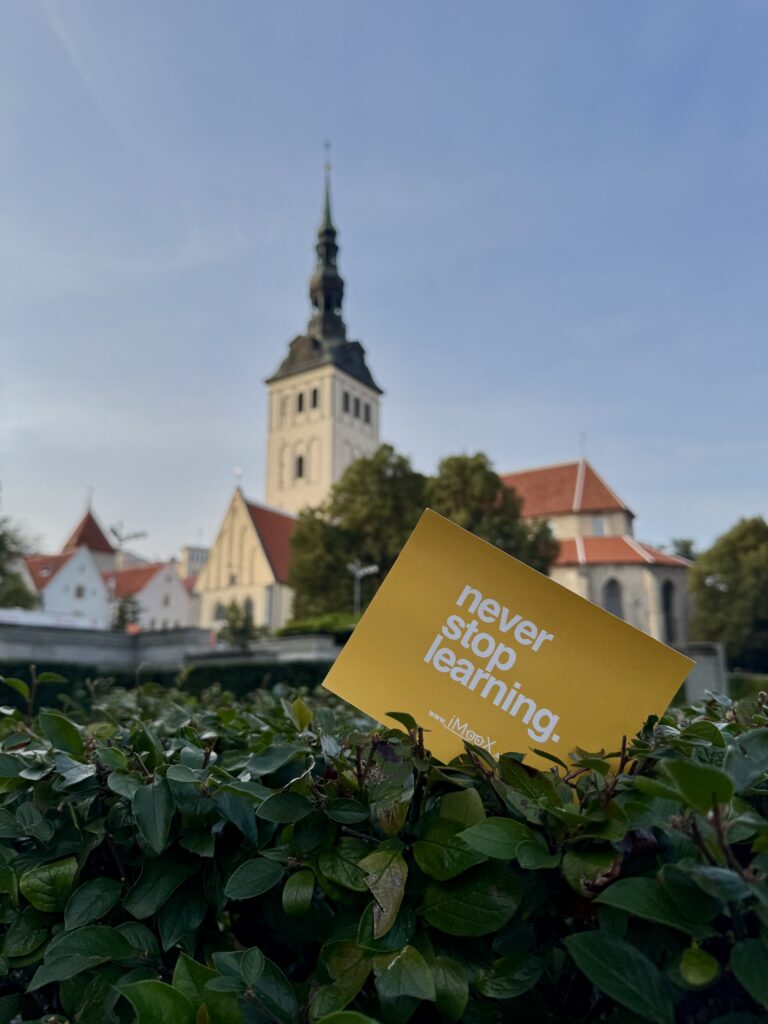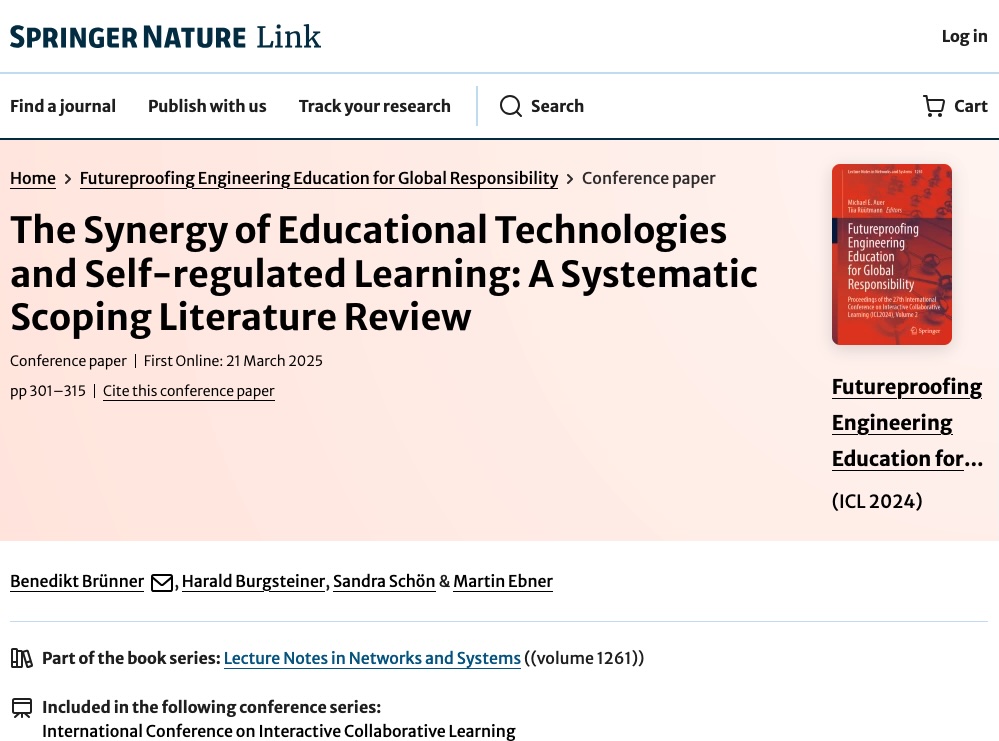
At the International Conference on Interactive Collaborative Learning (ICL 2024), held at TalTech University in Tallinn, Estonia, we had the opportunity to present our research on the interplay between educational technologies (EdTech) and self-regulated learning (SRL).
Our study, The Synergy of Educational Technologies and Self-regulated Learning: A Systematic Scoping Literature Review, is now officially published in Lecture Notes in Networks and Systems (Vol. 1261).
Key takeaways from the paper
Over the past decade, both EdTech and SRL have become key pillars of educational innovation – particularly in the context of personalized, AI-enabled learning. But how exactly do they interact? And which technologies are best suited to support SRL? That’s what we set out to investigate.
Cite this paper as: Brünner, B., Burgsteiner, H., Schön, S., Ebner, M. (2025). The Synergy of Educational Technologies and Self-regulated Learning: A Systematic Scoping Literature Review. In: Auer, M.E., Rüütmann, T. (eds) Futureproofing Engineering Education for Global Responsibility. ICL 2024. Lecture Notes in Networks and Systems, vol 1261. Springer, Cham. https://doi.org/10.1007/978-3-031-85649-5_30
Read the preprint at TU Graz Repository and post on the presentation
Methodology
We conducted a systematic scoping review based on the methodology of Peters et al. We screened 328 records from Scopus and analyzed 112 studies published between 2015 and 2024. Our two main research questions were
RQ1: Which SRL models are applied primarily in EdTech research?
RQ2: Which EdTechs are currently in the focus of research to support SRL?
Results at a glance
The Zimmerman model – with its three phases of forethought, performance and self-reflection – emerged as the most widely used framework in studies examining self-regulated learning (SRL) in the context of educational technologies. This model served as the backbone for much of the research included in our review, providing a structured lens through which to assess the role of EdTech in supporting learners’ autonomy and strategic learning behaviors.
Across the 112 studies analyzed, we identified 11 clusters of educational technologies that frequently appear in SRL-related research. These range from well-established formats, such as educational resources linked to technology and digital learning environments, to more recent innovations, such as immersive technologies, AI-powered tools and mobile learning applications. To synthesize these findings, we developed an EdTech-SRL synergy map that links each technology category to the specific SRL phases it best supports.
Some key insights emerged from the analysis of these clusters. AI tools, including chatbots and generative AI systems, have strong potential to personalize learning across all SRL phases – although they also raise concerns about over-reliance. Learning analytics play a critical role, providing feedback loops that enhance learners’ ability to monitor their progress and reflect on outcomes. Educational resources linked to technology, such as MOOCs, have been found to promote learner autonomy and provide the flexibility essential for SRL. Meanwhile, tools such as Kanban boards, ePortfolios and gamification elements effectively support planning, ongoing engagement and reflective thinking.
An important pattern in the literature is the strong focus on university students as the target audience. In contrast, primary and secondary education remain underrepresented in this body of research – suggesting a significant opportunity for future studies to explore how SRL and EdTech can intersect at earlier stages of the educational journey.
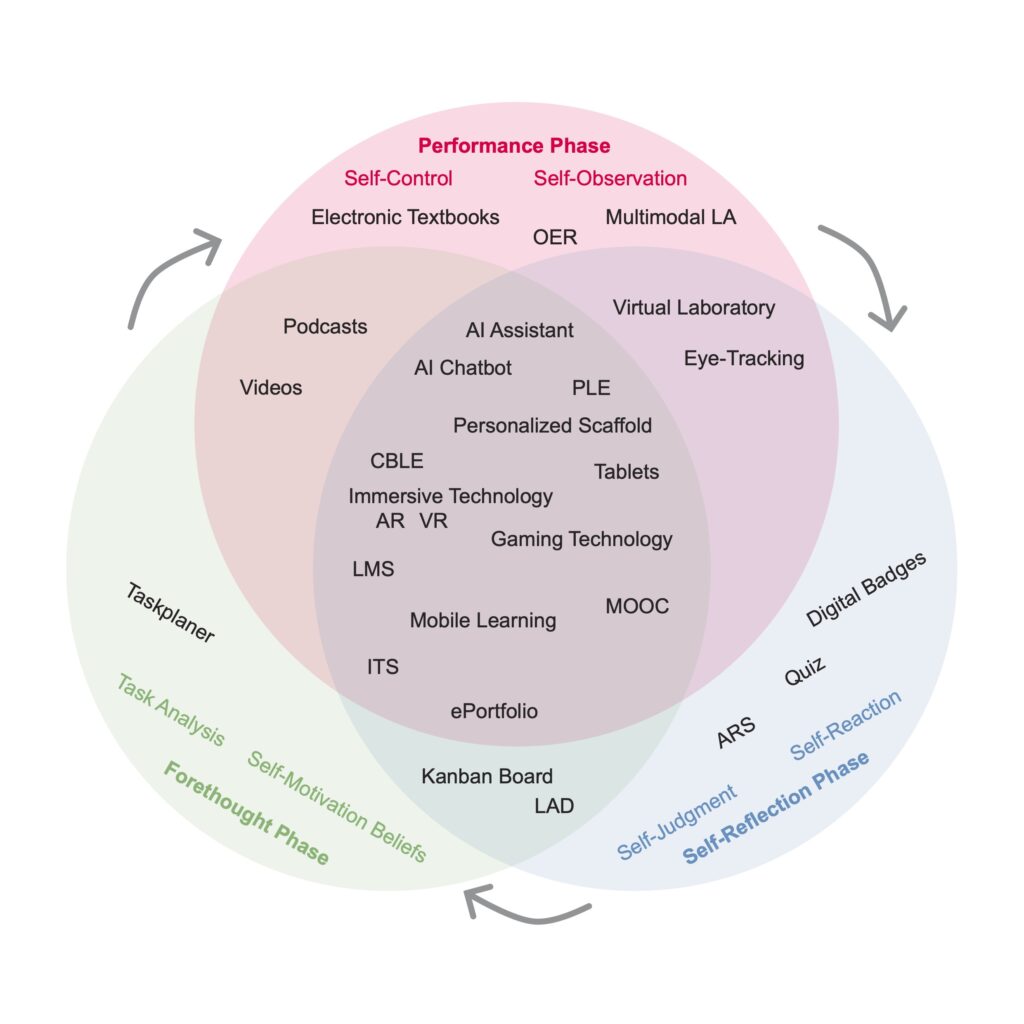
Impressions from ICL 2024
📍 Opening Session at TalTech
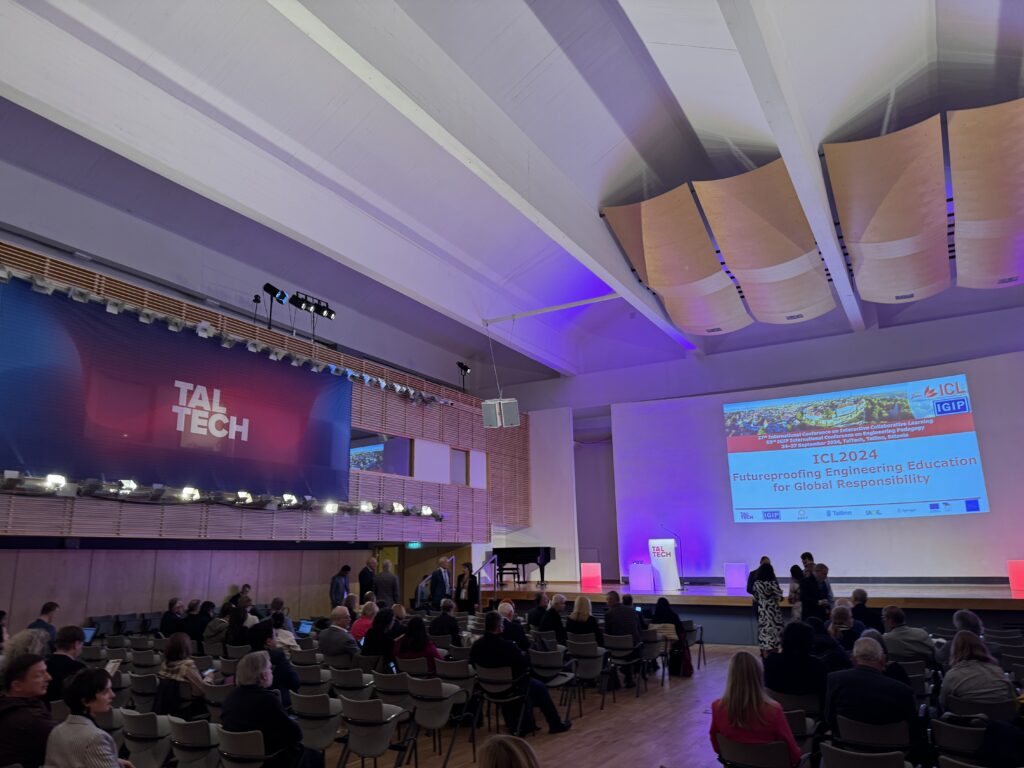
🏛️ TalTech University Building
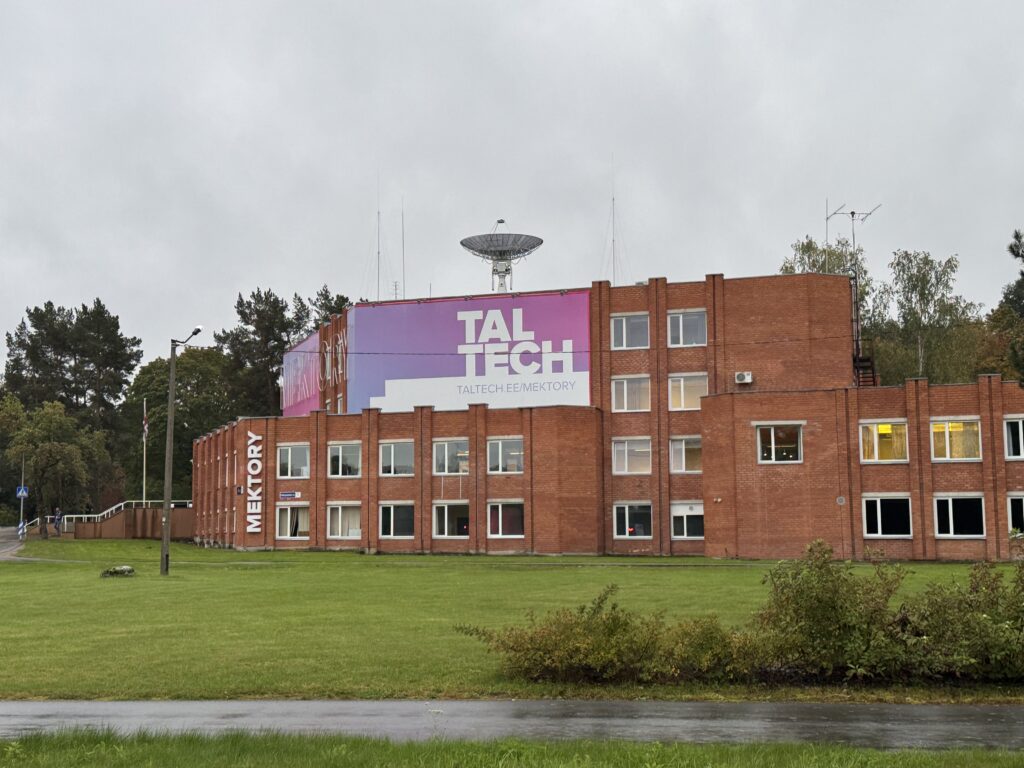
🇪🇪 Estonian Flag at TalTech
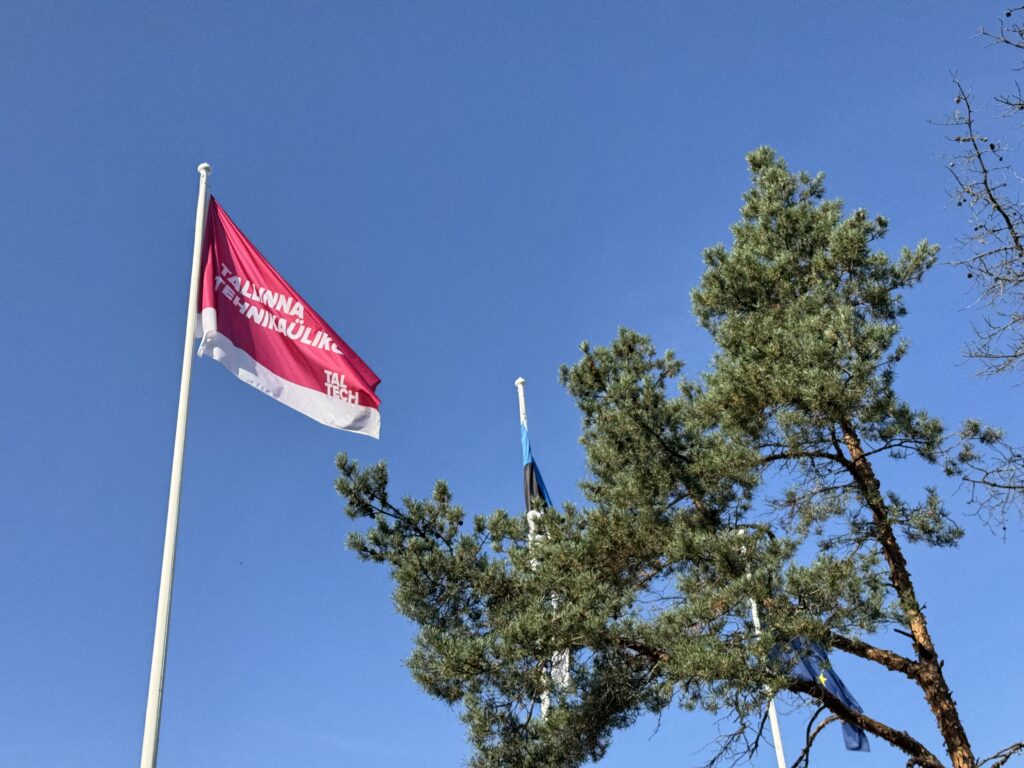
🎟️ Conference Badge
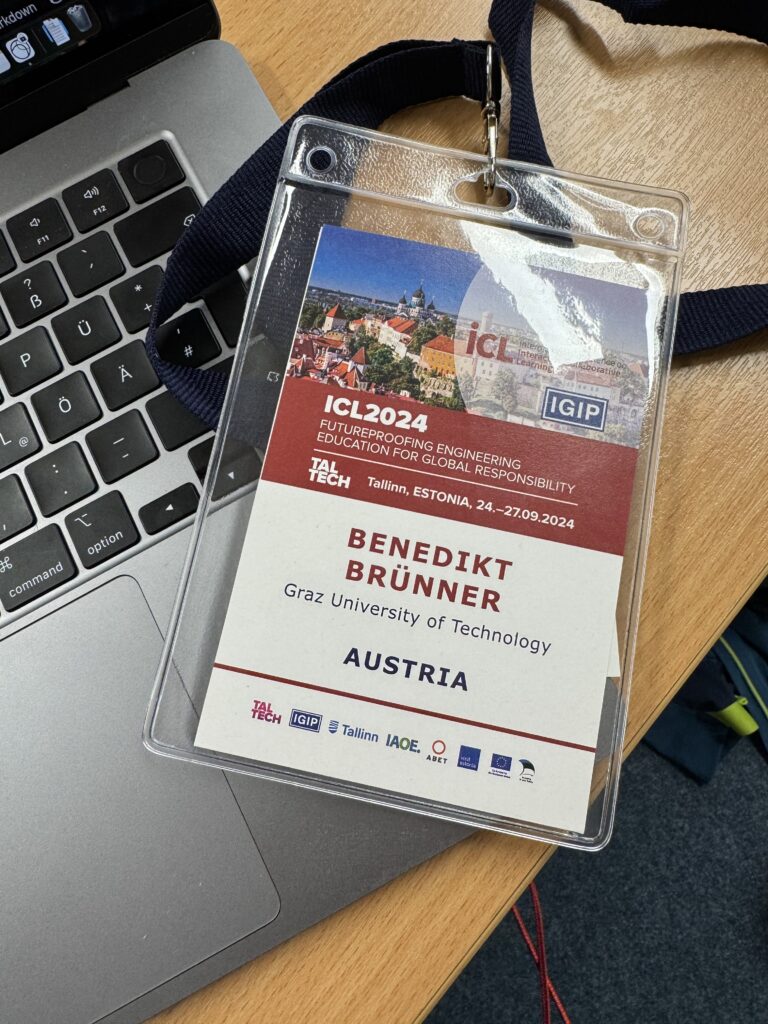
👋 Benedikt Brünner at ICL 2024
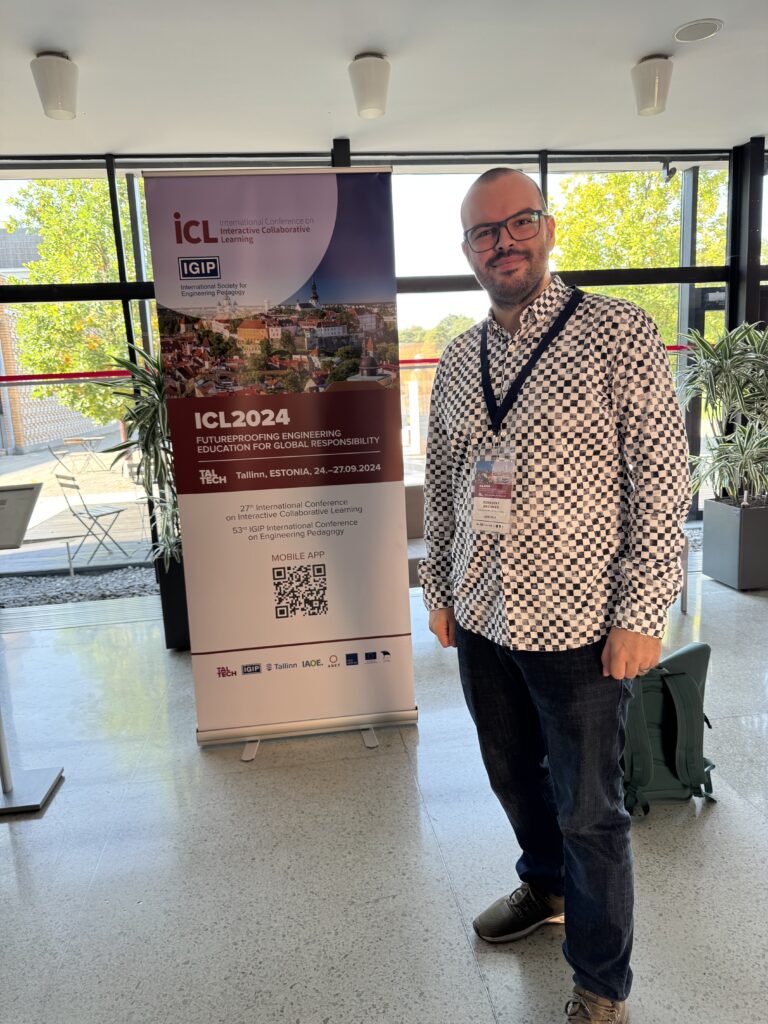
🌍 Presentation Snapshot: The World Map
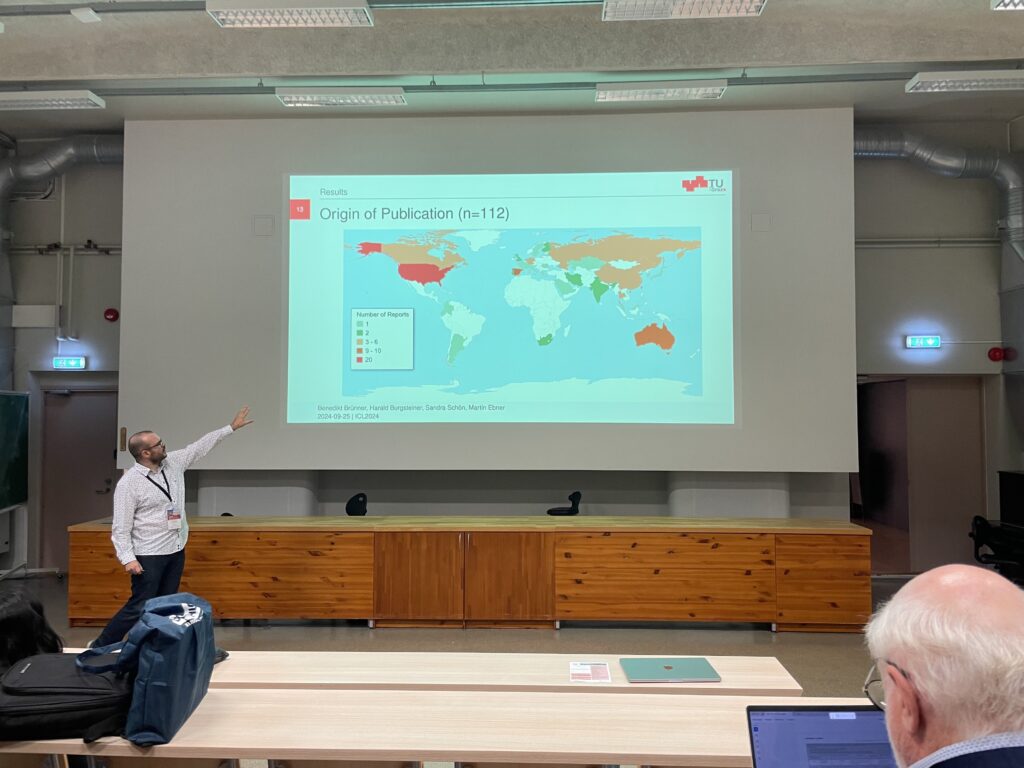
📸 “Never Stop Learning” – iMooX.at at Freedom Square, Tallinn
